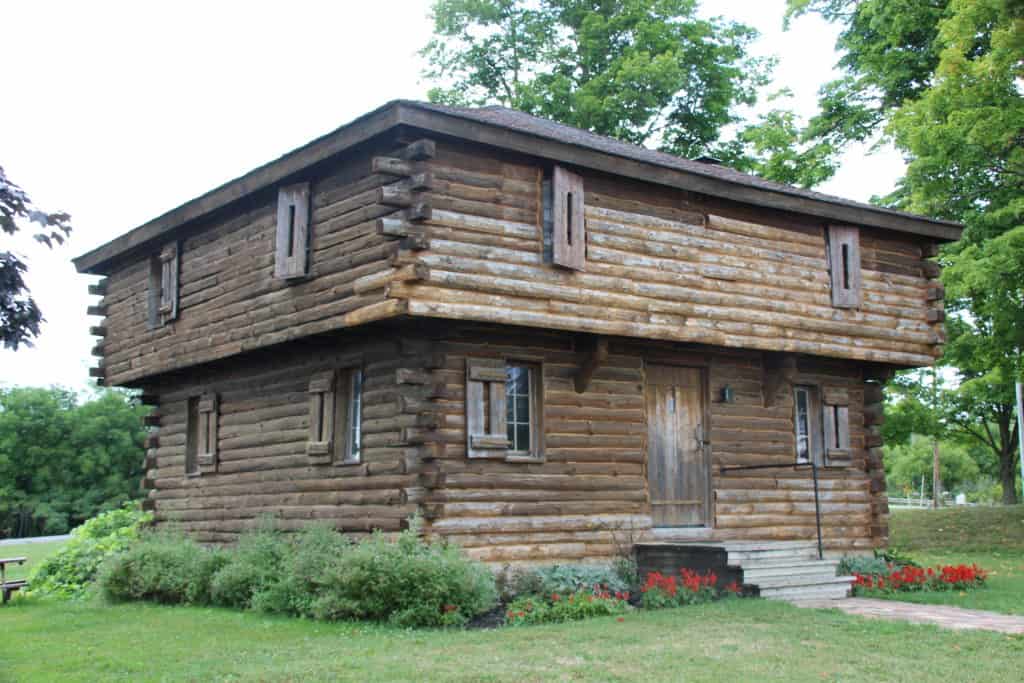
By Gary Salmon
This headline is not related to politics. The term is the goal of people who make windows for homes and businesses and the clearer the better for those of us looking through a pane of glass. Early glass windows were limited in size and had “waves” in them due to the primitive glass making process. As time progressed so did clarity and in more recent years the focus has been on a window’s thermal qualities as related to overall house heat savings. Now I may be condensing time here since glass has been around as a popular item since the bronze age but glass has been a part of our lives for centuries as that item that allows light into the insides of our houses and workplaces.
Glass has always been created using silica (sand), soda ash, and limestone as the basic ingredients combined with some high heat to transform these materials into something to see through. This float glass process makes sheets of glass. But make way for a new “glass on the block” with wood as the basic property, according to researcher Junyong Zhu from the Forests Products Lab November 2020 issue of “The Forestry Souce.” Zhu in collaboration with fellow researchers at both the Universities of Maryland and Colorado have “developed a transparent wood material” that could “outperform glass.”
According to The Forestry Source “The researchers created transparent wood by treating balsa wood in an oxidizing bath that bleaches it of nearly all visibility. A synthetic polymer called polyvinyl alcohol is then applied creating a product that is virtually transparent.” Now for the “outperform” part and again from The Forestry Source. “Wood cellulose combined with an energy-absorbing polymer filler creates clear panels that are far more durable and lighter than glass.” “The panels can withstand much stronger impacts than glass, and unlike glass, they bend or splinter rather than shattering.” “In addition, transparent wood is about five times more thermally efficient than glass, cutting energy costs, and it is made from a sustainable natural resource with low carbon emissions compared to glass manufacturing.”
Now don’t expect to see balsa wood sheets at your next glass blowing demonstration (different process). And don’t expect to see clear glass panels just yet from balsa wood dipped in an oxidizing bath. But do expect to read their findings which were published in the Journal of Advanced Functional Materials and do expect to see great things continuing to come from the National Forest Products Lab (original established in 1910 in Madison, Wisconsin and now totaling seven facilities under the US Forest Service, US Department of Agriculture.)
My parents always used to say don’t lie to people they can see right through it. With glass and politics isn’t that the point?




